Customer experience (CX) and communications have been intuitively tied together in industry and in our day-to-day lives for a long time, but that has not been the case in government until recently. With the emergence of CX officers, executive orders, and various mandates that require government agencies to enhance their customer service, communication has proven integral in implementing improvements that provide increased accessibility, ease-of-use, and equity in service delivery.
The Customer Journey
Mapping the customer journey involves a range of processes. By examining CX through the lens of communications, government agencies can uncover actionable insights to improve citizen-facing services. For the first time, leadership in horizontal positions — roles that aim to break down silos and foster collaboration across different departments or agencies — can tie the pieces of the customer journey together in a more comprehensive way. To accomplish this, agencies should focus on four main phases of communication:
- Awareness
- Trust and consideration
- Decision and action
- Engagement and management
Tangible results emerge that improve CX over time when the customer journey is broken down into these four phases. Citizens must be aware of digital services on agencies’ websites to take advantage of them; and agencies must convey trust to drive citizens to make a decision to enroll in a program. Agencies must then implement steps to continue to engage and nurture people through the customer journey. Utilizing this approach allows government agencies to tie CX and communications together.
The Digital Transformation of CX
One of the biggest challenges facing government is ensuring people are aware of the services available to them, particularly those underserved populations who have not participated in programs in the past. Digital and communications staff must work together to ensure that programs, services, and benefits are utilized and remain funded.
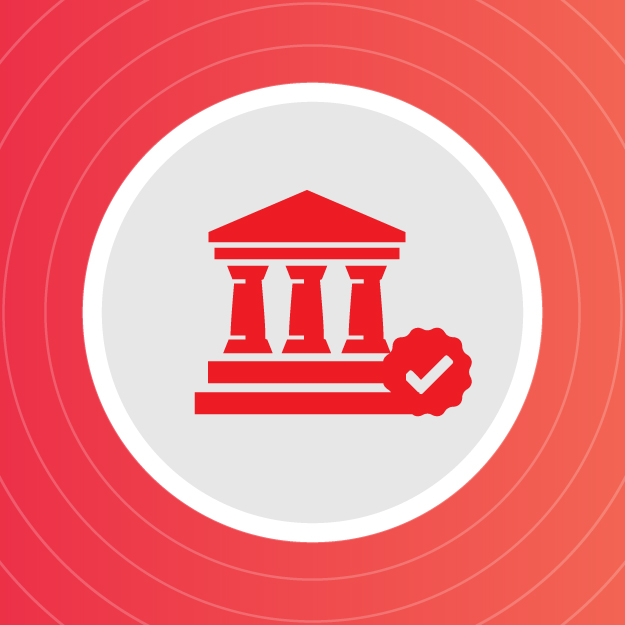
It is important that agencies recognize that digital transformation is more than simply replicating forms as a digital service. Pairing digital solutions with the communications layer presents government with a critical opportunity to engage with people through authentic digital transformation. Simply making a form into a PDF and posting it on an agency’s website is not digital transformation.
Moving from a “lift and shift” perspective of replicating the brick-and-mortar experience to adopting a truly integrated experience can be daunting but it is an essential component in building genuine customer engagement and improving CX. Email and SMS have been critical in reaching underserved and at-risk populations, as well as struggling citizens seeking government services.
Frequent engagement is the foundation for trust and consideration in government communications. Navigating government bureaucracy can be challenging, but through more thoughtful digital transformation of services, agencies can reduce the burden on the people trying to use them. Many government benefits have gone unclaimed in the past because individuals were unaware or unable to navigate an agency’s website. Minimizing these barriers through clear, frequent communications can enhance trust and ensure that citizens receive the services they are entitled to.
Transparency builds credibility and trust, and meaningful communication builds transparency. By being proactively transparent during the development of applications for digital services, agencies can ensure that the unseen parts of the customer journey are considered.
Meeting citizens where they are with simple, seamless, and secure services is another way federal agencies can reduce user burden in CX and help people move toward decision and action. Despite limited resources, agencies can meaningfully impact CX by using existing assets and data to create mobile-friendly programs and increase accessibility across devices.
Measuring Meaningful Improvements in CX
Translating customer awareness and trust into a measurable outcome requires people to be engaged in and understand the steps of the process. Communications and CX directly contribute to achieving mission outcomes when they are effectively tied together. Measuring communications metrics — like subscribers and click and open rates — demonstrates how many people considered the information they received as important enough to engage with. Government agencies can implement more customized and personalized communication strategies when they start measuring engagement.
Managing and interpreting metrics while continuing to connect with users is critical to maintaining the communications cycle and building even deeper connections. Building an audience is not just about increasing numbers: It is just as critical to keep the audience interested and engaged to create a seamless encounter.
Transparent communications — whether email, SMS, or phone calls — help manage expectations and improve overall customer experience. In 2023, the federal government sent 150 million text messages and around 12 billion emails, highlighting the importance of efficient digital communication. Government agencies build trust through consistent and reliable interactions when they invest in CX.
Proactive communication is key to transforming and managing CX over time, rather than treating it as an afterthought or only seeing it as accumulated numbers. Investing in CX improves trust and engagement, ensures clear and effective digital communications, and builds relationships, helping to maximize the return on investment for government agencies.
For more on this discussion, watch Charlotte Lee, the Strategic Lead for CX and Innovation at Granicus, on the Federal News Network webinar, “How agencies are ‘reaching people where they are’ through effective CX communications”.


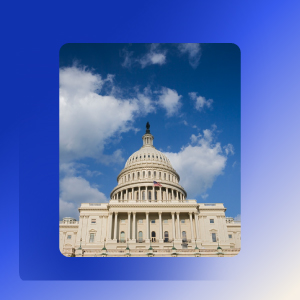
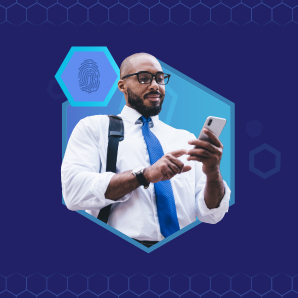 Customers want easy access to services, and this requires a secure, trusted, personal Government-issued digital identity. Having an individualized login allows customers to establish their identity online before completing important tasks, such as making child support payments or searching for unemployment insurance. To be as secure and validated as possible, these logins should be operated by an organization that does not have a motive to leverage private information to sell customer data for profit.
Customers want easy access to services, and this requires a secure, trusted, personal Government-issued digital identity. Having an individualized login allows customers to establish their identity online before completing important tasks, such as making child support payments or searching for unemployment insurance. To be as secure and validated as possible, these logins should be operated by an organization that does not have a motive to leverage private information to sell customer data for profit.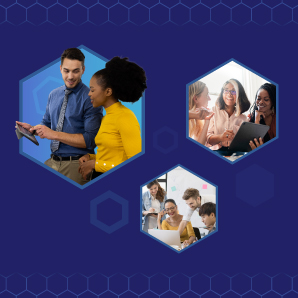 Developing a DEIA strategy involves a multitude of moving pieces like analyzing data, enforcing requirements, measuring effectiveness and ensuring progress. All of these areas culminate in sustainable cultural intelligence for organizations. Starting the conversation around DEIA in the context of CX begins with the on-going theme of communication rooted in trust—especially employee and customer trust in the Government. During
Developing a DEIA strategy involves a multitude of moving pieces like analyzing data, enforcing requirements, measuring effectiveness and ensuring progress. All of these areas culminate in sustainable cultural intelligence for organizations. Starting the conversation around DEIA in the context of CX begins with the on-going theme of communication rooted in trust—especially employee and customer trust in the Government. During  Agencies should design interfaces with CX at the forefront. Professionals, such as designers, whose job is to understand how users adapt to natural patterns in software, should have a seat at the table to help integrate new features. This way, new technology is as easy to understand as possible, by as many people as possible. Allowing users to get involved in iterative cycles as updates are added will allow agencies to evolve their solutions as they go. By following previous successes, the overall user experience will improve.
Agencies should design interfaces with CX at the forefront. Professionals, such as designers, whose job is to understand how users adapt to natural patterns in software, should have a seat at the table to help integrate new features. This way, new technology is as easy to understand as possible, by as many people as possible. Allowing users to get involved in iterative cycles as updates are added will allow agencies to evolve their solutions as they go. By following previous successes, the overall user experience will improve. Untapped Resources
Untapped Resources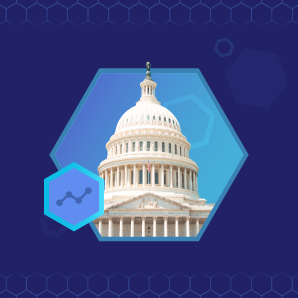 After collecting data, agencies need to know how to sift through it to find relative action items. To provide better customer service, agencies need to find measurable results from these initiatives. Actionable plans should be formed around the data results. Ultimately, the customer’s experience must guide agency programs.
After collecting data, agencies need to know how to sift through it to find relative action items. To provide better customer service, agencies need to find measurable results from these initiatives. Actionable plans should be formed around the data results. Ultimately, the customer’s experience must guide agency programs. Great CX starts with an organizational understanding that building and sustaining trust matters. With that agreement in mind, organizations can better support the mission of delivering efficient CX by learning and adapting to the needs of people they are serving. Agencies should provide visibility to customers on the timeliness and process of their requests, as well as deliver on their promises to foster trust and assurance of reliability. Using human-centered design throughout all stages of CX is also essential for understanding the human perspective and anticipating customer needs. As data is collected throughout the human-centric design approach, organizations gain actionable insights that help them create the best tangible solutions for customer challenges.
Great CX starts with an organizational understanding that building and sustaining trust matters. With that agreement in mind, organizations can better support the mission of delivering efficient CX by learning and adapting to the needs of people they are serving. Agencies should provide visibility to customers on the timeliness and process of their requests, as well as deliver on their promises to foster trust and assurance of reliability. Using human-centered design throughout all stages of CX is also essential for understanding the human perspective and anticipating customer needs. As data is collected throughout the human-centric design approach, organizations gain actionable insights that help them create the best tangible solutions for customer challenges.